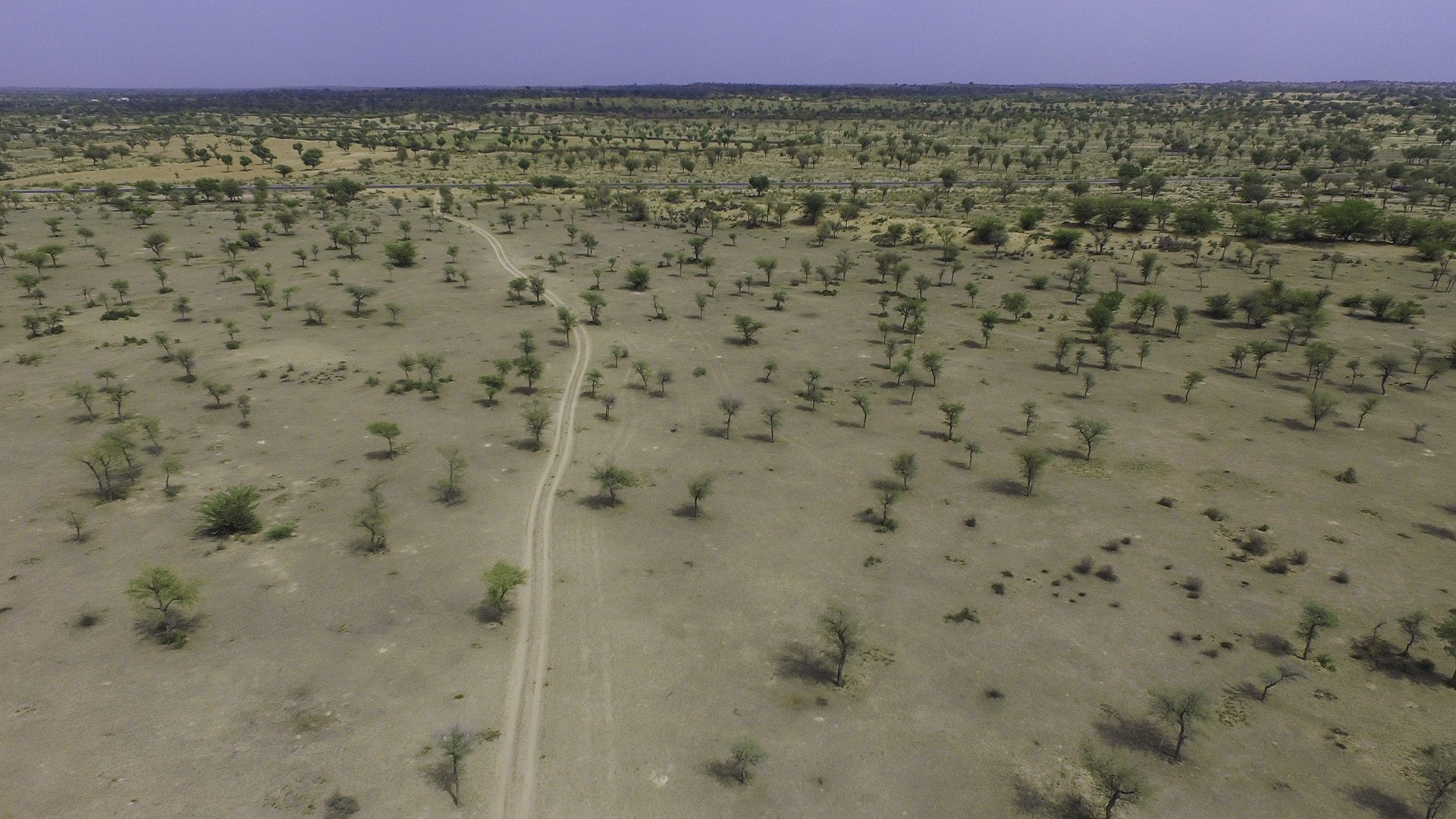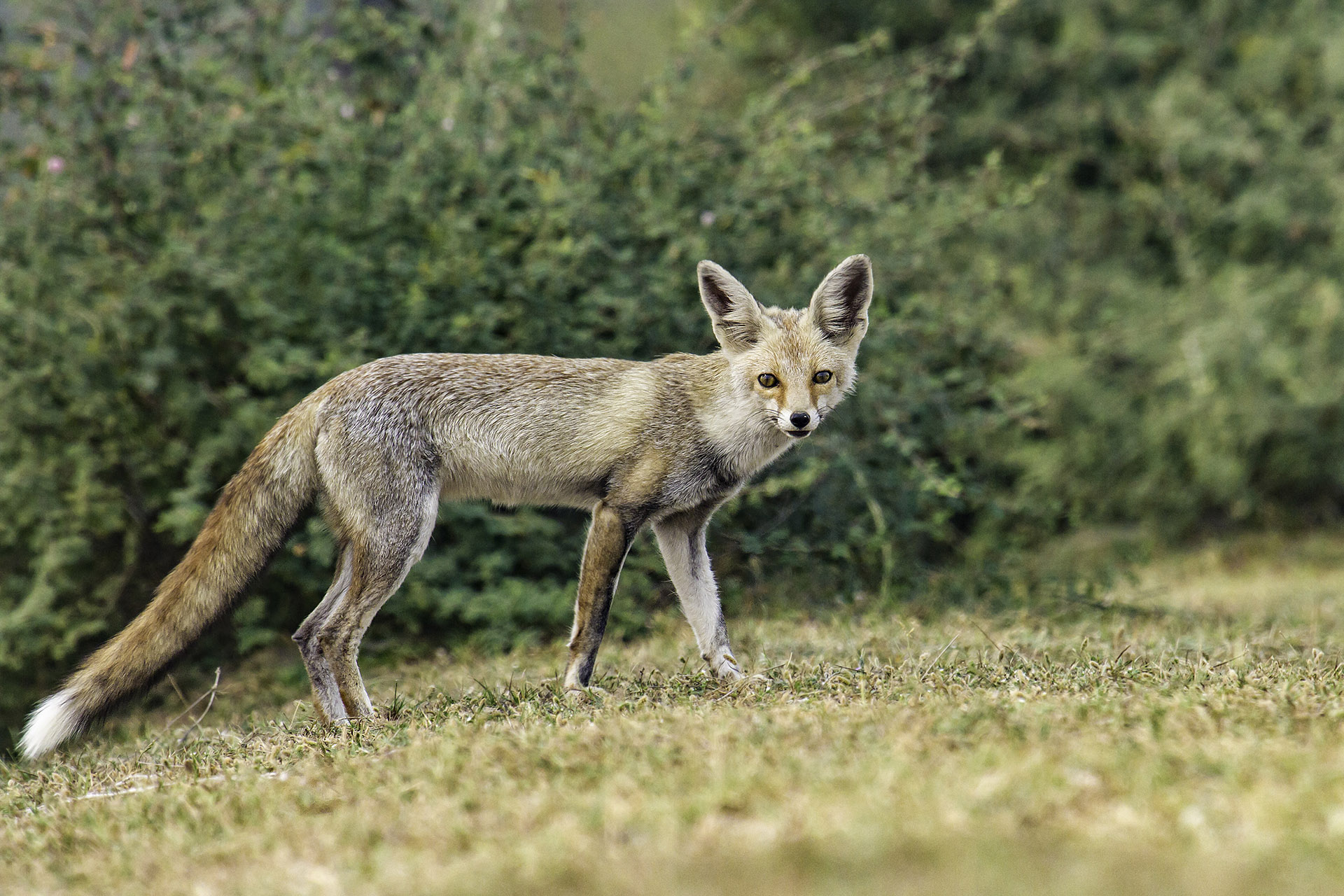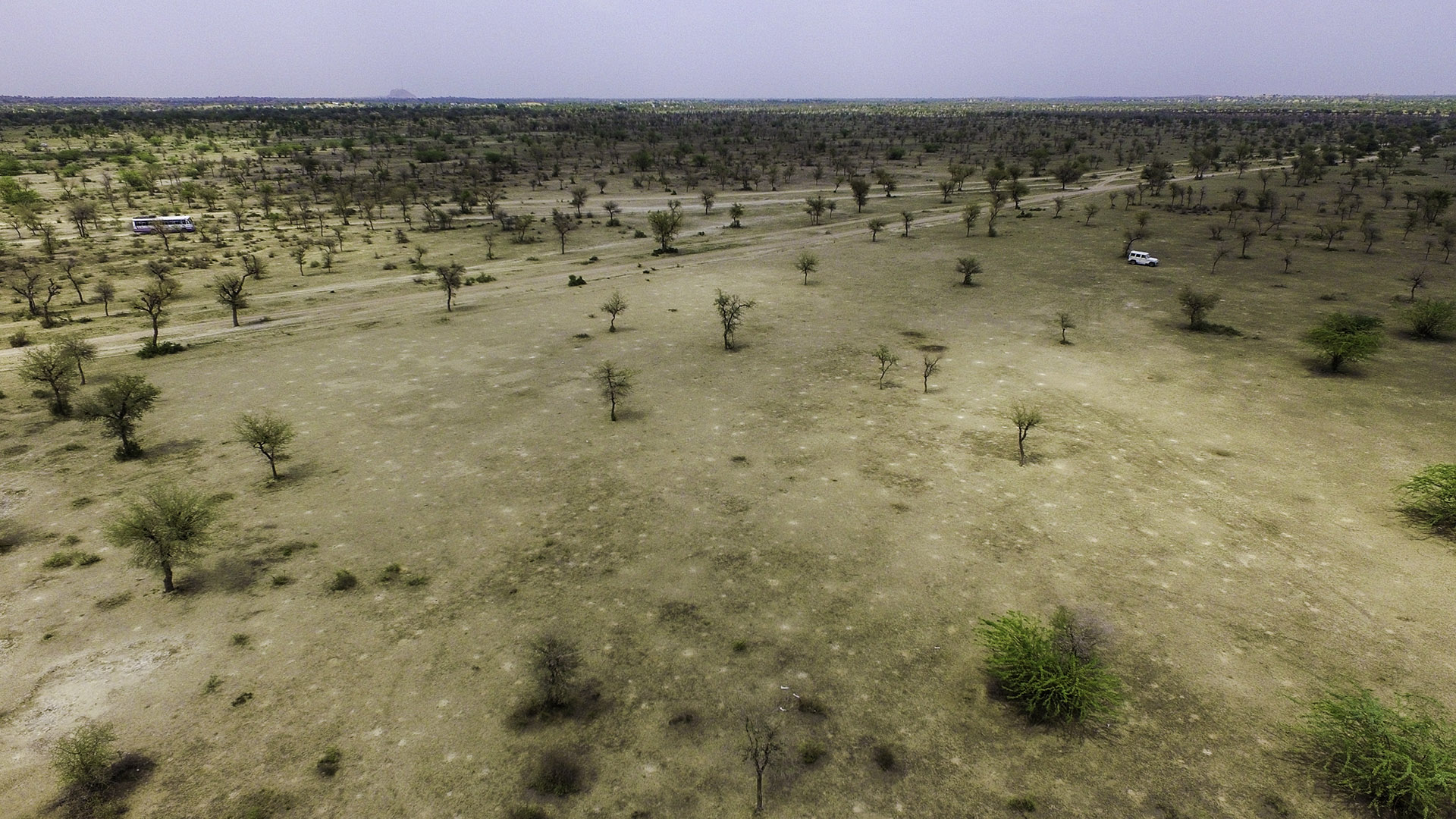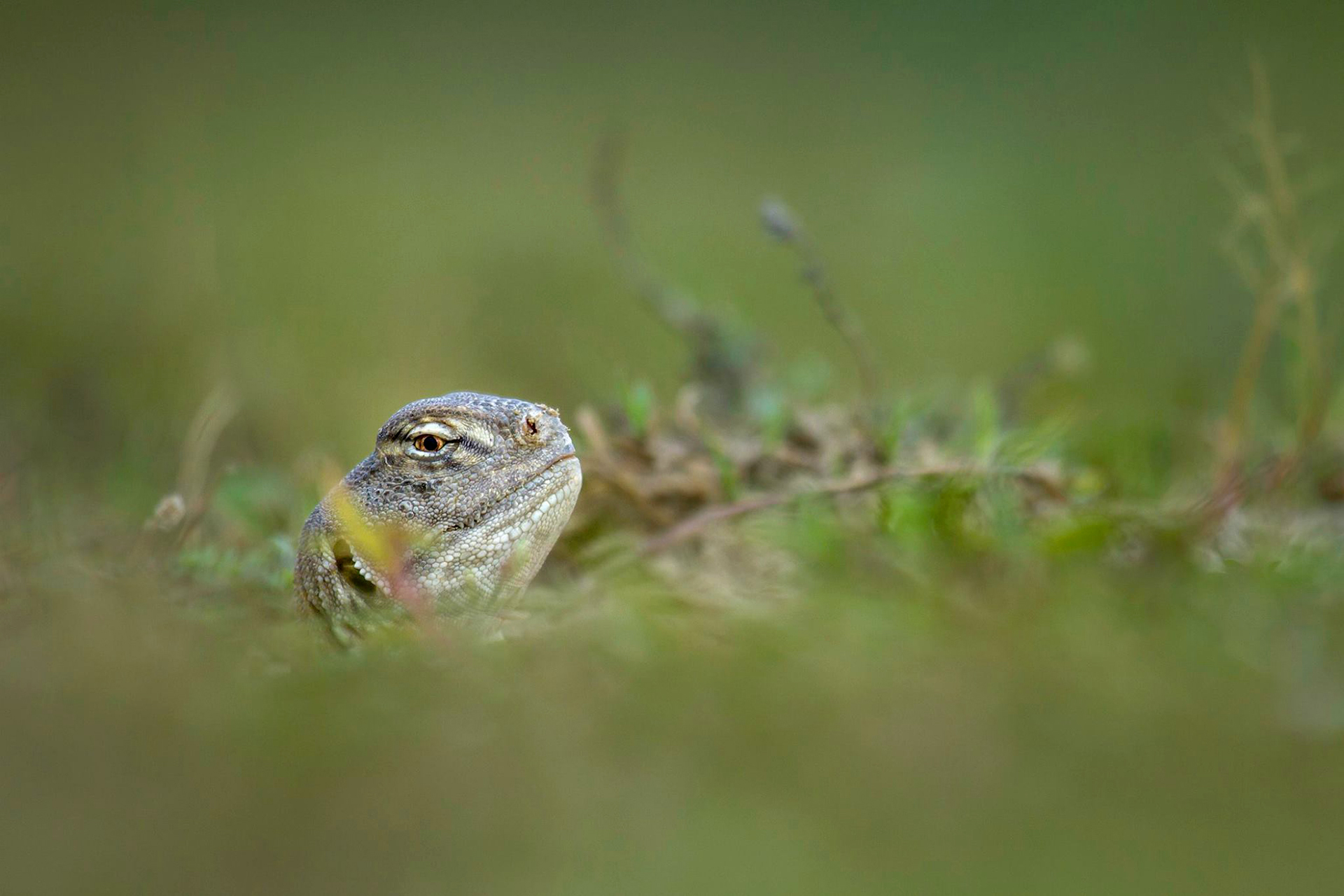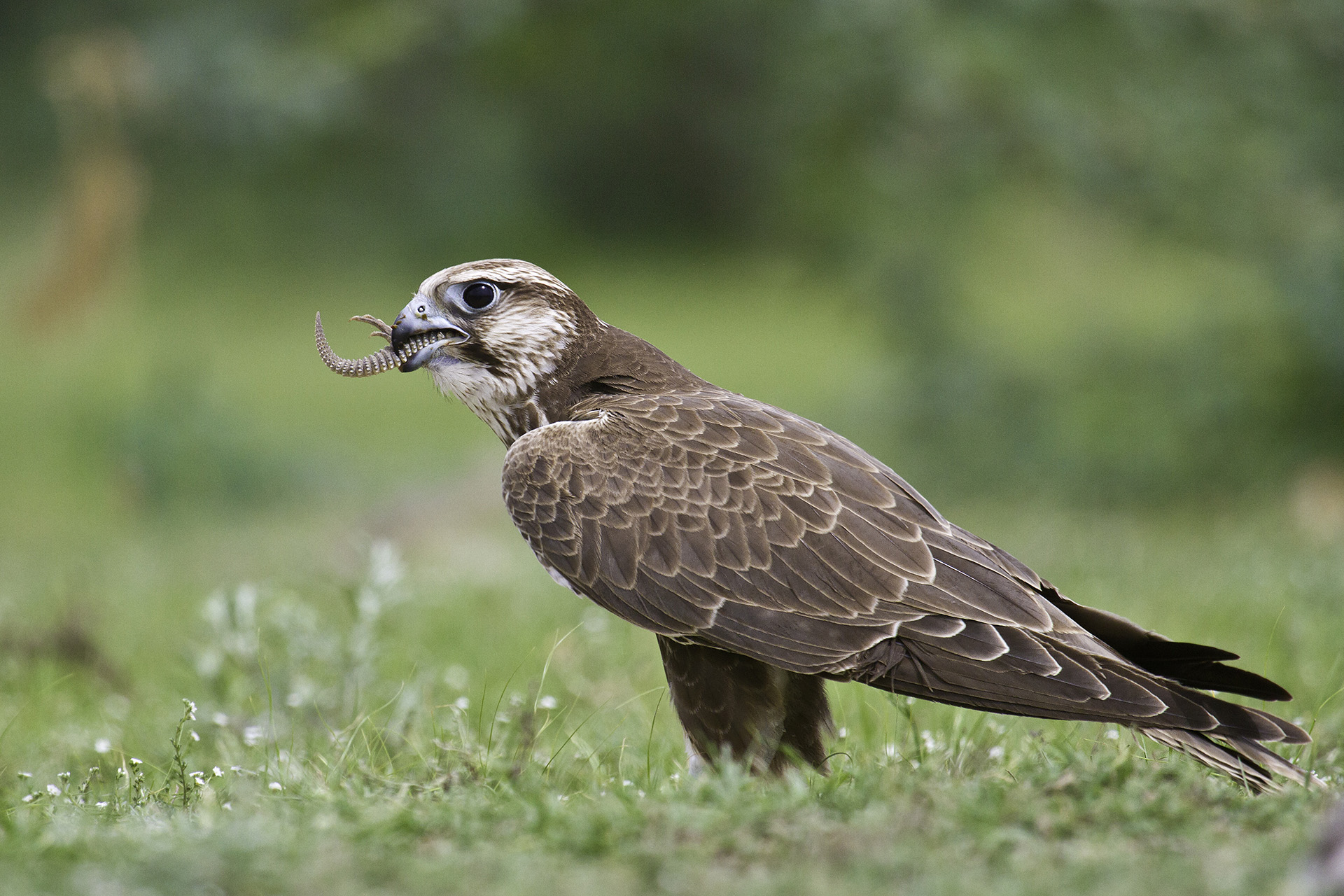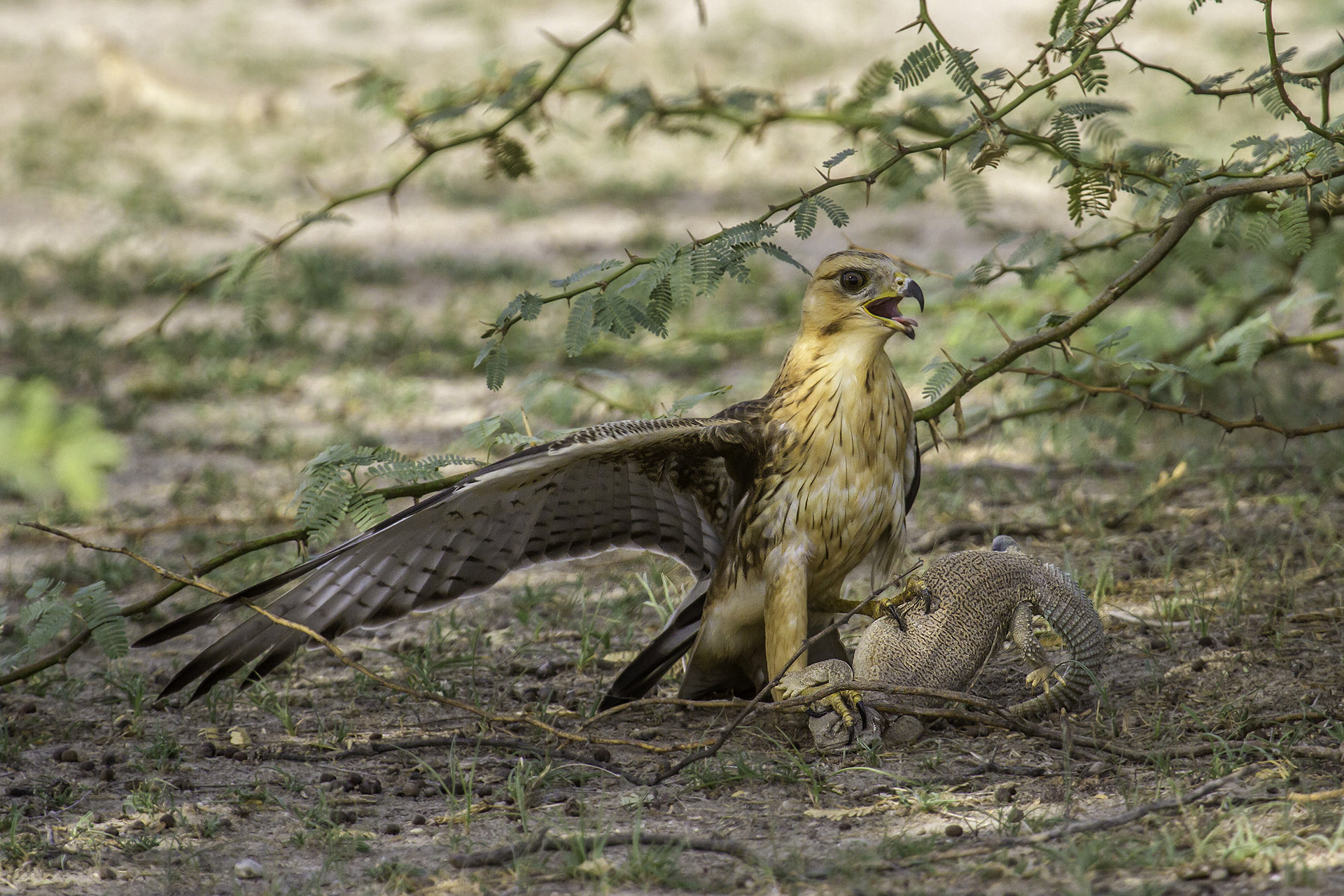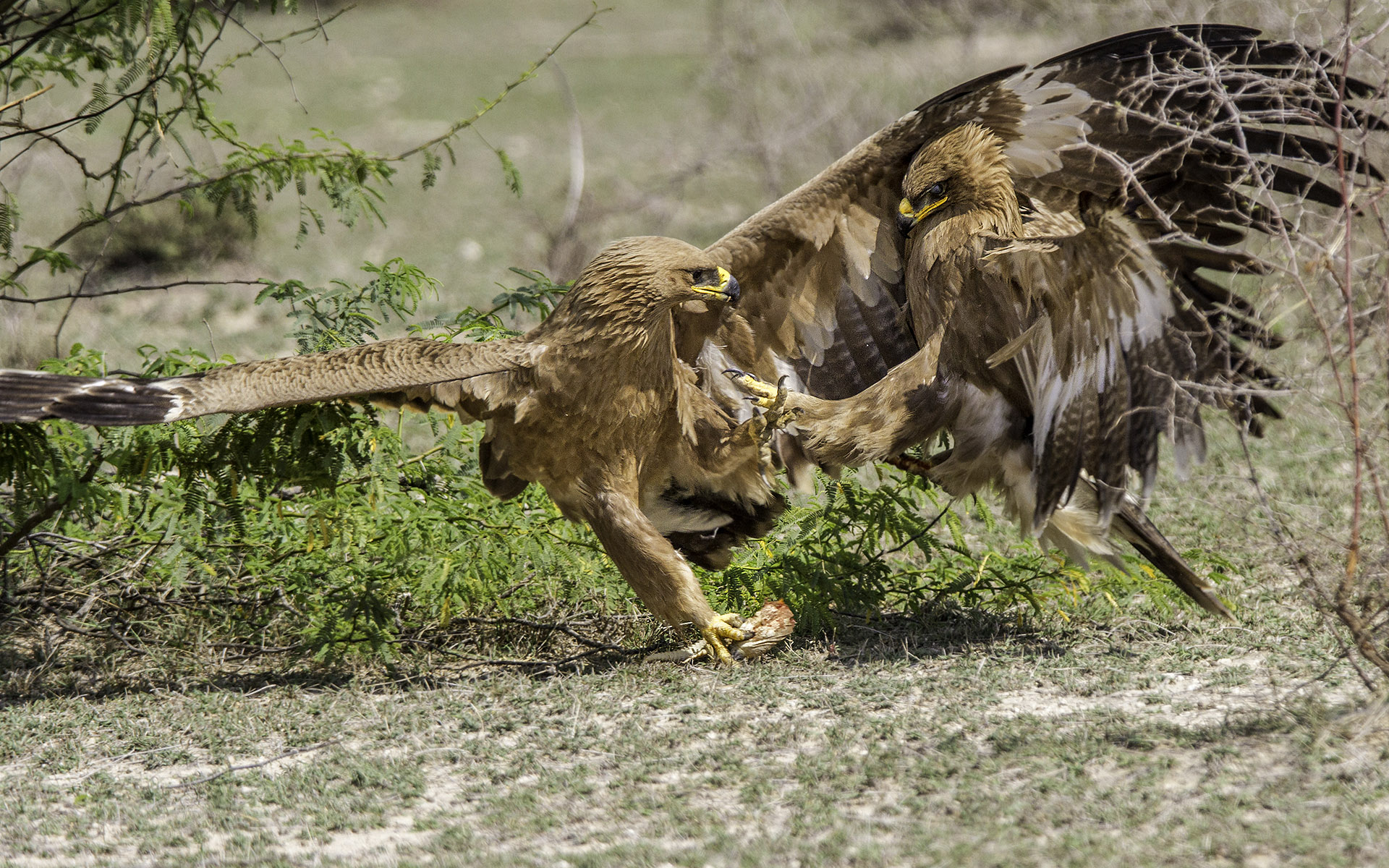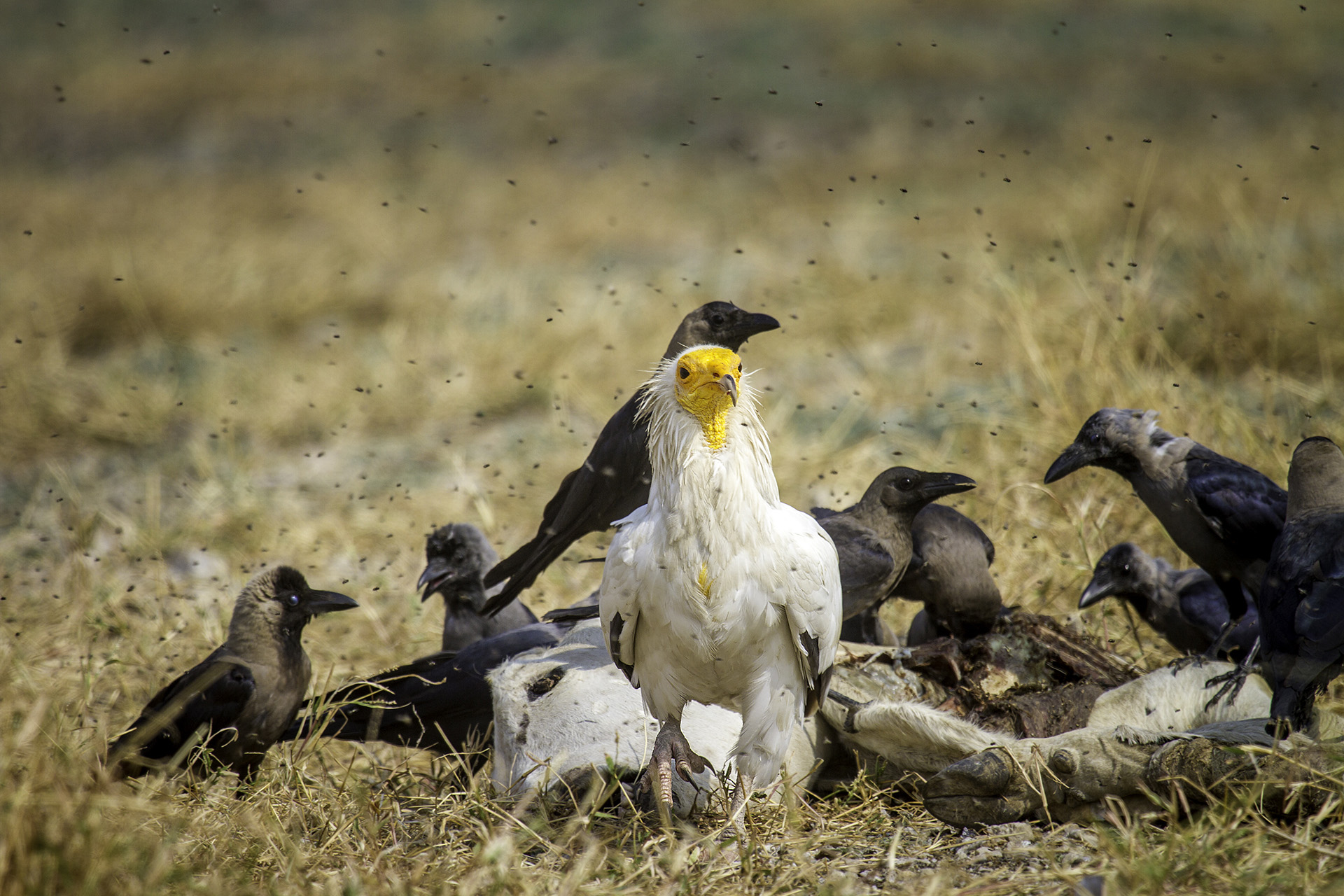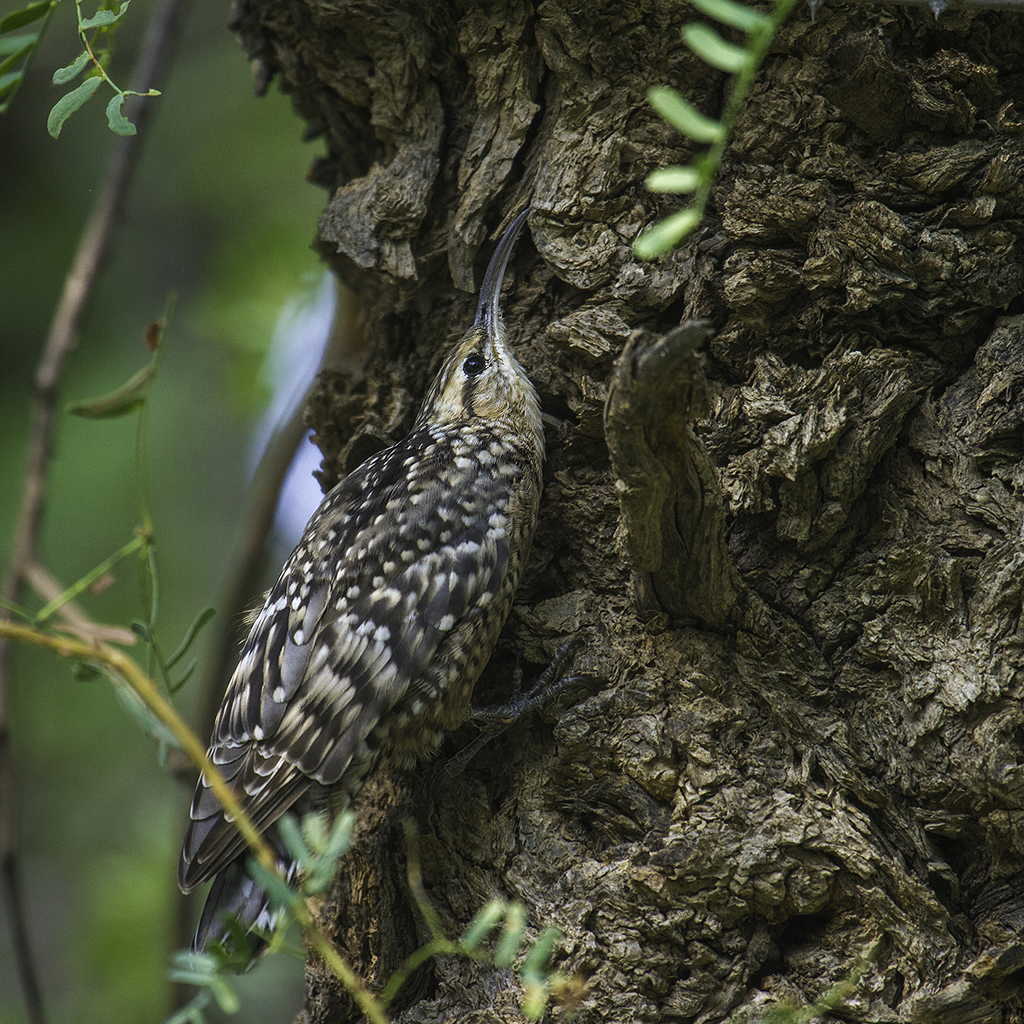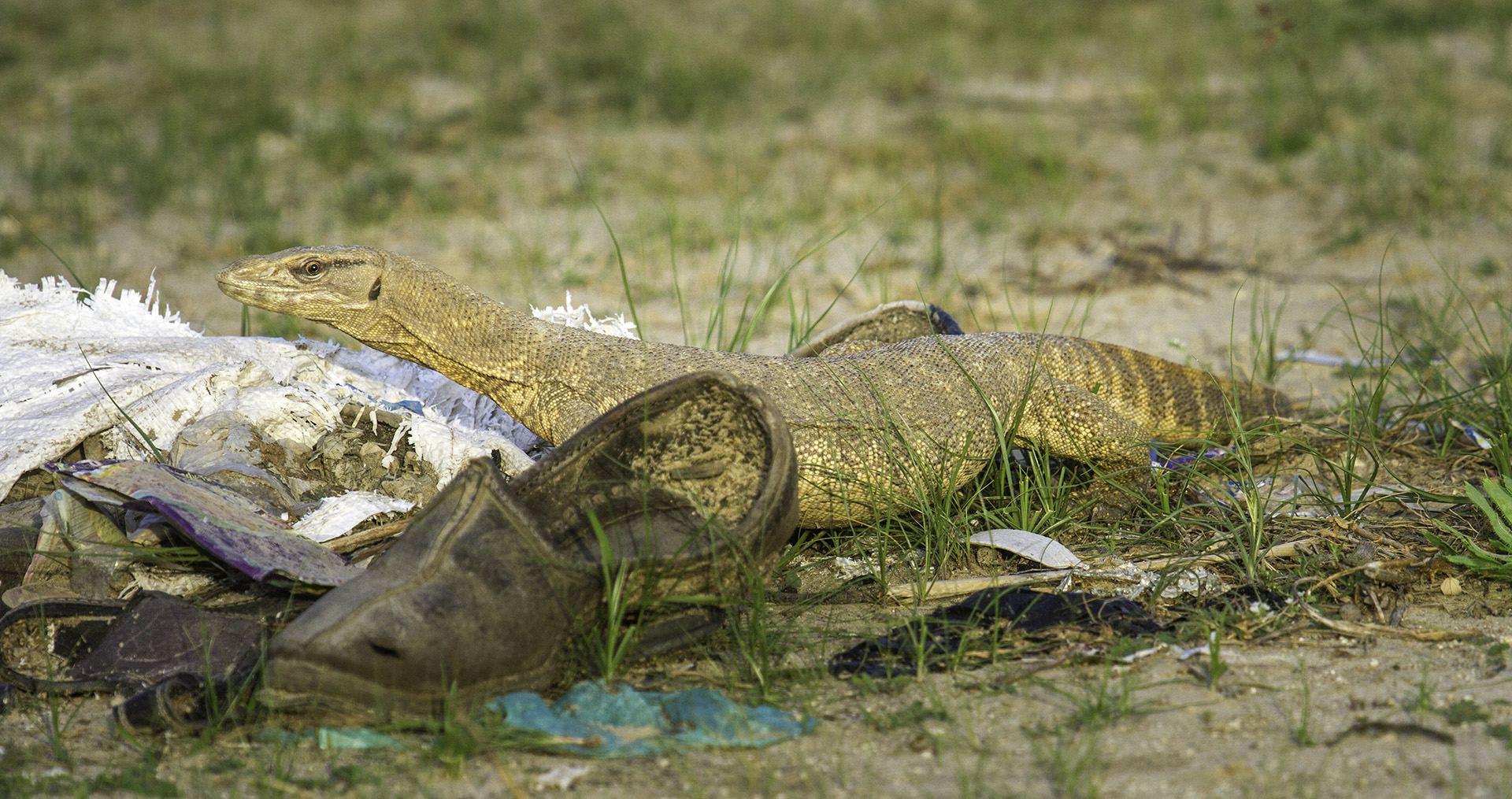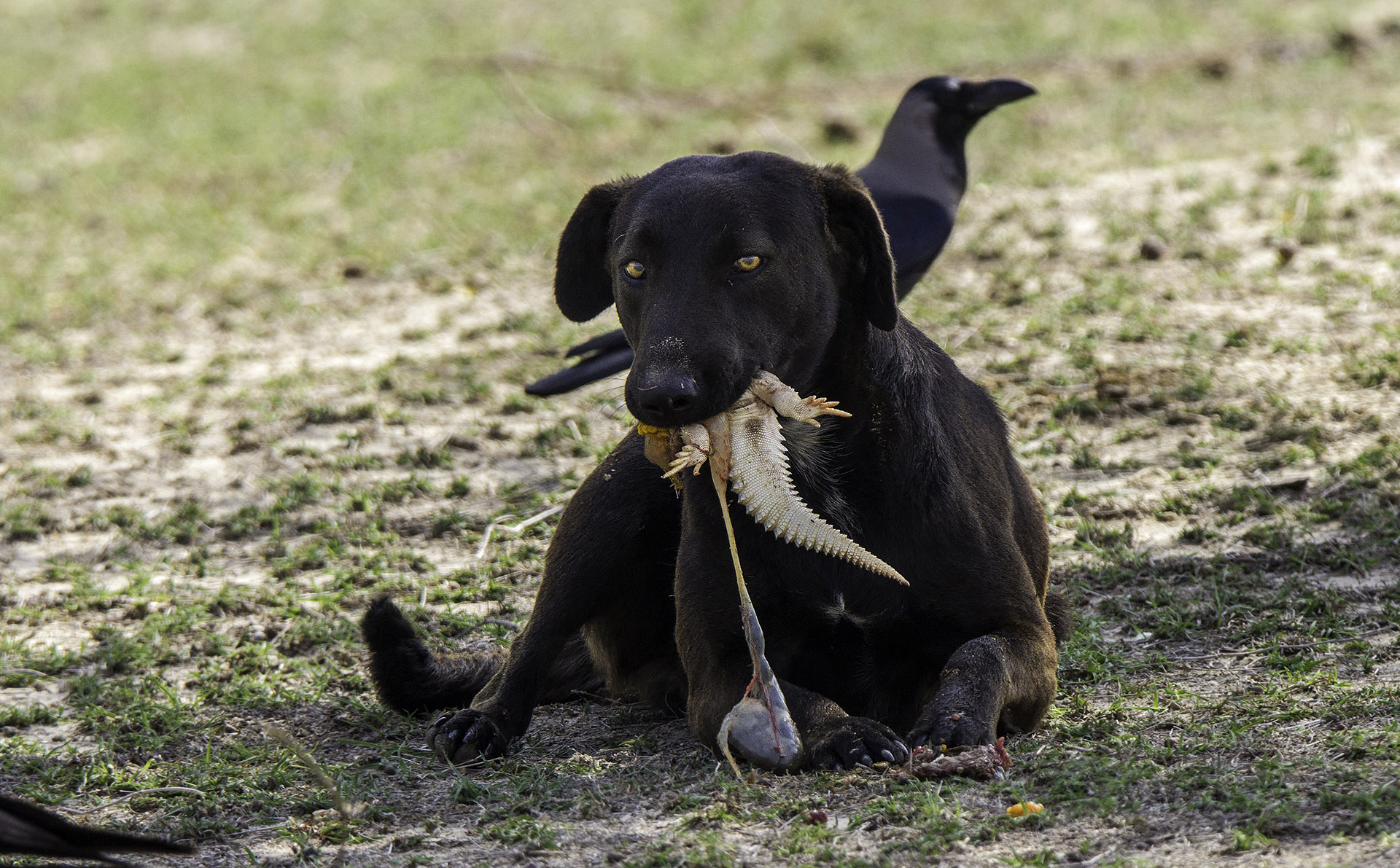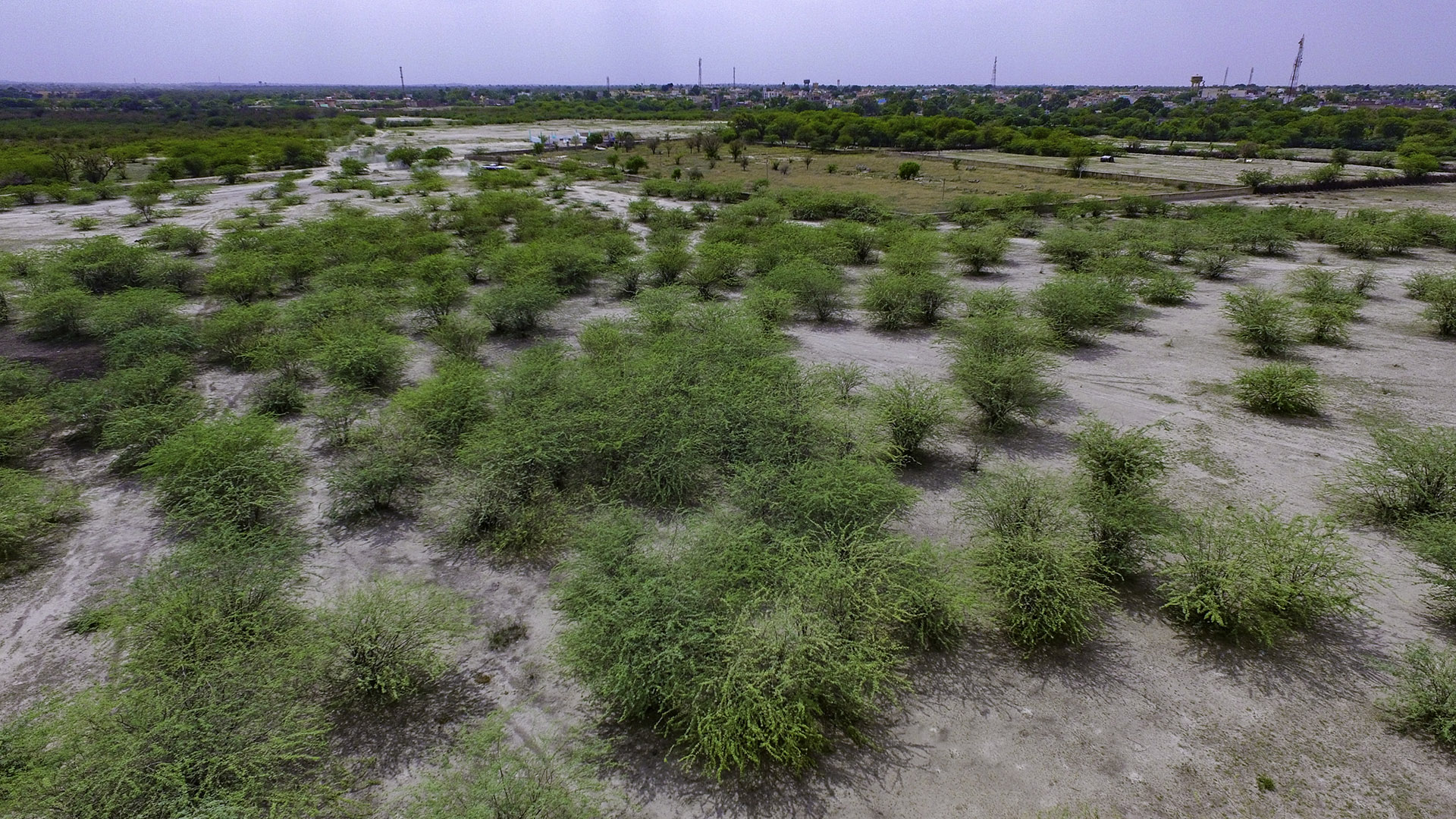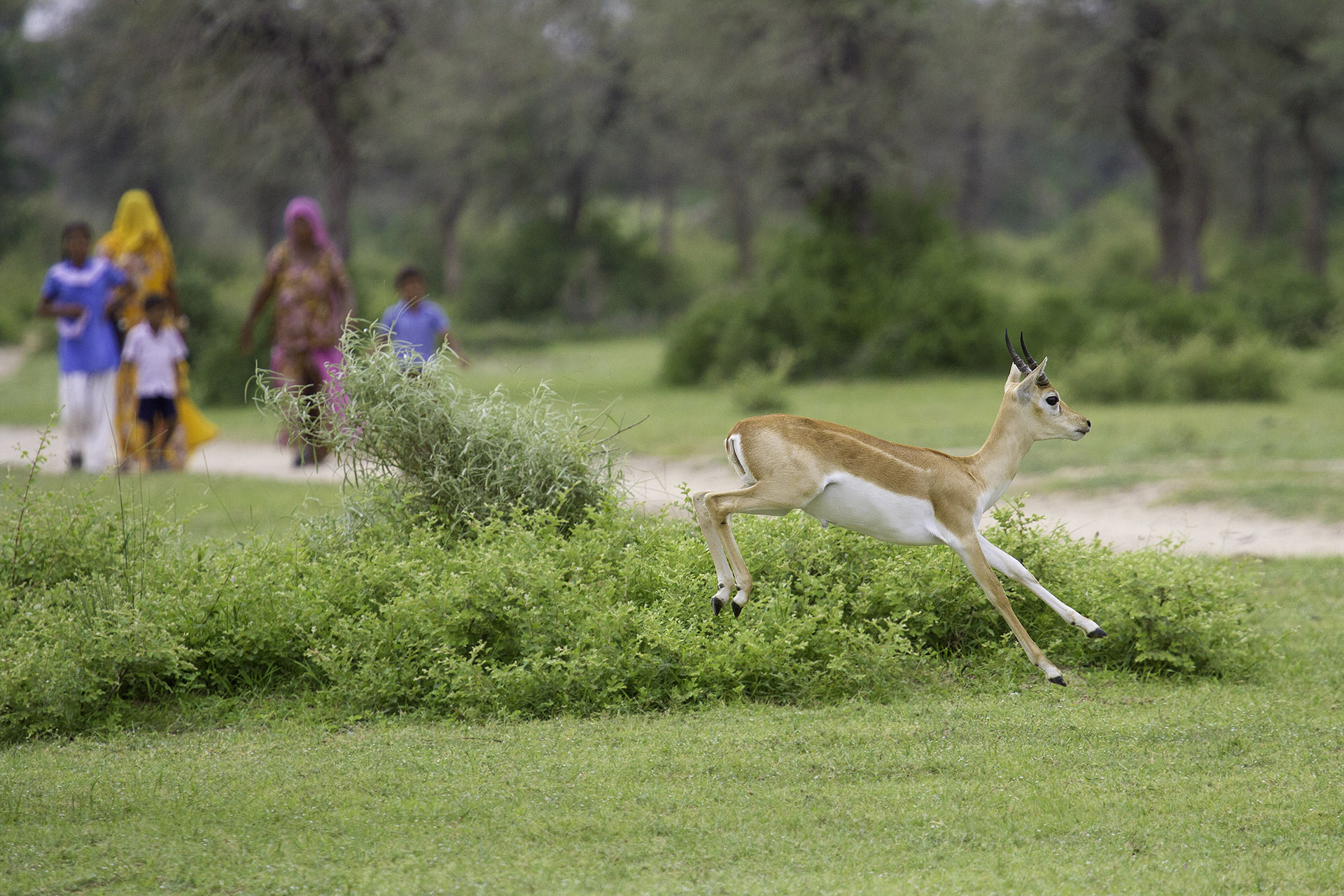The conversation around co-existence has never been more relevant. With humans and animals fighting for common space and overlapping territories, it is becoming essential to look at spaces that are lessons in harmony.
Large chunks of land are being taken over for people and their needs, and wildlife is left with no choice but to make do with what is left of its habitat once we are done with it. The notion of ‘pristine wilderness’ is, at best, a notion. Given how quickly we are ‘civilising’ places that were once completely untamed, wildlife is adapting to sharing spaces with people. This is the story of one such shared space.
The landscape
Like many villages in India, Chhapar in Churu, Rajasthan, has put in place a system that takes care of its feral cattle in a shelter called Gaushala. Since there are a few hundred cattle, a large grazing area is necessary to sustain them. A piece of land has been set aside just outside the village for this purpose. This dry and arid land, that would have otherwise been a ‘wasteland’, isn’t suitable for agriculture. It hosts a variety of grass, scrubs and trees that are typical to the terrain. The most notable flora on this piece of land is the Khejri tree - Prosopis cineraria. It is also the state tree of Rajasthan.
Grass
In a good year, this place receives only 300mm of rainfall, but even that allows sufficient grass (that lasts the entire year) to grow, on which the livestock from villages around Chhapar depends. Many large herds, like this one, can be seen grazing here through the day.
Not just cows
The availability of grass attracts a number of wildlife species to this habitat, which could be considered inhospitable by most standards. While species of antelope such as the Blackbuck, the Chinkara and the Nilgai are often sighted, smaller burrowing animals such as the Indian Desert Jird have also made this piece of land their home. The jirds live in groups in interconnected burrows. They can live their entire lives without having to drink water, and manage with hydration from the grass and roots they feed on.
Predators
Where there is an abundant supply of prey, predators follow. Along with the Indian Desert Cat, Indian Fox and Jungle Cat, the Indian Desert Fox, a subspecies of the Red Fox, can be seen here quite frequently. These foxes are sighted the most during early summer, which is their breeding season. Both the male and female fox take care of the young that are raised in the safety of a den (essentially a large burrow in the ground). The litter usually comprises two or four pups that come out at dusk to play and explore.
The white spots
The hard soil of this terrain supports another interesting species that also lives in burrows. So large is its number, that the entire landscape, when observed from above, appears to be dotted with white spots – the sand that this animal has freshly burrowed out.
Spiny-tailed Lizard
These herbivorous lizards, who feed primarily on short grass, live in burrows in the ground and come out only during the day. The burrows are also their only defence - at the first sign of danger, they run back into them. Unlike the jirds’, their burrows aren’t interconnected, though I've seen more than one lizard (mostly the really young ones) share a burrow at times.
Food, wonderful food, glorious food!
Given its abundant presence, the spiny-tailed lizard is on everyone’s menu. And this grassland has become home to many species of raptors that feed on it, such as the Laggar Falcons.
And the White-eyed Buzzards.
So abundant is the supply of spiny-tailed lizards, that in late winter, the Steppe Eagle, which is otherwise known to scavenge, also chooses to hunt and feed on these lizards.
Cleaning up
While some of the raptors here are migratory and spend only the winter, a number of scavengers, such as this Egyptian Vulture, spend the entire year at Gaushala. Very many cows mean very many carcasses, and these are also disposed here, giving the Tawny Eagle, another year-round resident a chance to make the most of its meals. Vultures and eagles apart, crows are also found around anything they can feed on, including dead cows.
The gems
Apart from the raptors, many other species of birds are found here. One of these gems is this rare and elusive spotted creeper, also known as the tree creeper because of how it navigates the bark of a tree. It has adapted perfectly to hunting insects that live in the small crevices of the barks of these desert trees, such as the Khejri. This bird is on the top of every bird-watcher’s list – they all visit Gaushala to see it.
Proximity
However, the wildlife’s proximity to people brings with it some issues, our inability to segregate and correctly dispose garbage being one of them. A lot of times, plastic is also disposed off with carcasses. A number of animals, including this monitor lizard (below), mongoose, foxes and jackals scavenge garbage looking for food - and often cannot seperate plastic from food while feeding.
The best friend
Where there are people, dogs aren’t far away. As much as I love dogs, it hurts me to see them come in the way of a natural cycle. Be it by killing other wild animals for food, or by competing with raptors for food, or by making other canids, such as the foxes and jackals that live here, more prone to disease. Natural balance, already so precarious, could do with a little less interference.
The threat of Prosopis juliflora
Every now and then, we tend to indulge in actions without fully evaluating what they could mean for us in the long term. An example is the introduction of Prosopis juliflora, an invasive species of Prosopis, to Tal Chappar. It has begun to engulf this habitat, like the many grasslands it has already taken over. While there may have been pressing reasons as to why it was brought to India, its ill-effects were clearly not examined carefully enough.
The juliflora uses up more water than other native plants belonging to this dry area, thereby ensuring that no flora survives in its vicinity. Nothing, including grass. No grass means no jirds, no Spiny-tailed Lizards and therefore no raptors or foxes. No grass means no Gaushala.
Shangri-La
Steve Winter, one of my favourite photographers, always emphasises that animals live in the same places we do, and not in some 'pristine jungle' that travel campaigns have led us to believe. He says, "Animals do not live in a Shangri La, though most of the photography and what we see on television makes us [sic] seem like they do. We need to show the humans that animals live with, the ecosystem and the interaction between them all. We do a disservice to viewers and readers when we only show them pretty pictures of a Shangri La. We [need to] change, we [need to] show the truth and the truth will... help us save our wildlife.”
While I hate to see issues arise when people and animals live together, and hope for resolution, I would like to believe that this is the silver lining. That people and animals are co-existing, and doing okay. Even if it is in small pockets. And Gaushala is one of the many examples of this in India.
